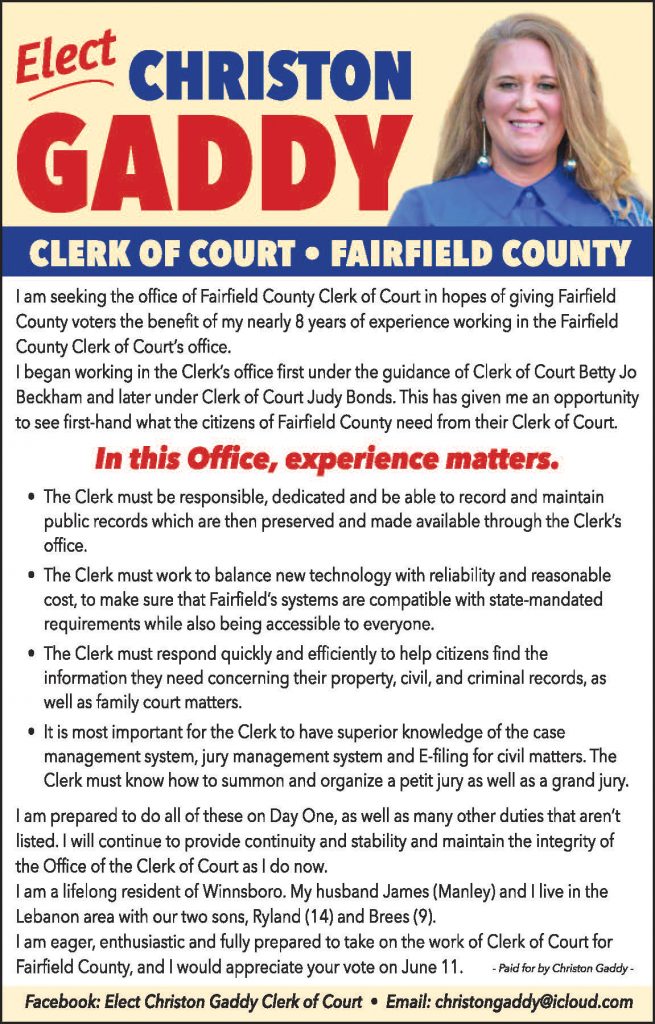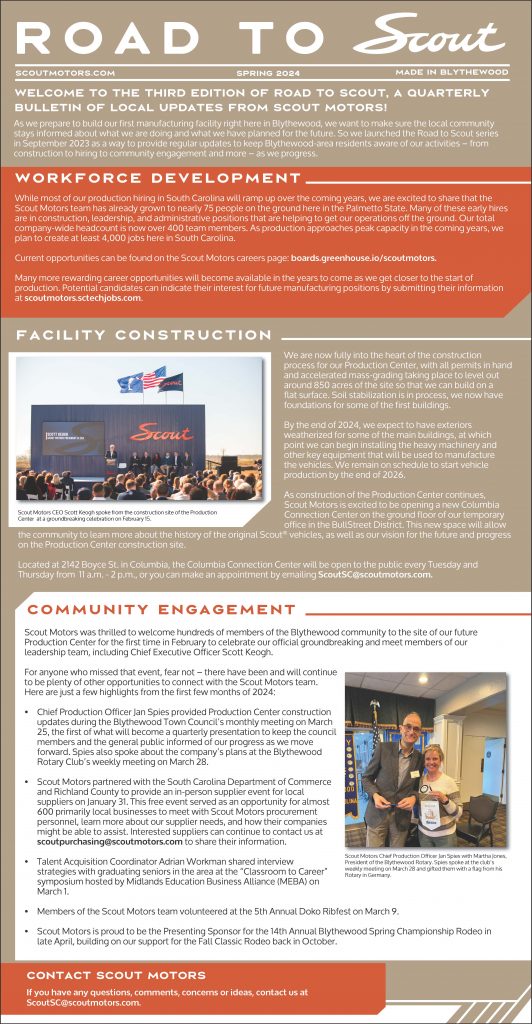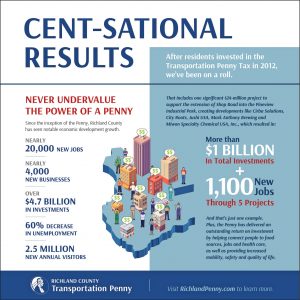WINNSBORO – Council members representing both the Town of Winnsboro and Fairfield County met with representatives of the Army Corps of Engineers on April 16 to discuss the Corps’ recently completed year-and-a-half-long water supply study and its resulting recommendations for both the Town and the County. The cost of the $379,220 study was split between the Corps ($230,720) and the County ($148,500). In his September 2012 request for the study, Winnsboro Mayor Roger Gaddy had been specific – he wanted to know if the Corps could help the Town find additional raw water to meet projected demand for water.
Gaddy did not get the help he had asked for. Instead, Dudley Patrick, Project Manager for the Corps, told the group that the study’s recommendation was, basically, that the Town of Winnsboro should continue doing the same thing it was doing before the study was launched – purchasing treated water from the City of Columbia. Patrick said the report concluded that Winnsboro’s current system of purchasing water from Columbia through a tie-in at Blythewood provides the most cost-effective solution to the Town’s water supply deficiencies under current and projected demand conditions. The projection included both residential and industrial customers and fire protection based on population growth over the next 40 years. Patrick said the recommended alternative for the County follows the same thinking, to continue purchasing water from the Town of Winnsboro, utilizing the Columbia-Blythewood tie-in.
Patrick said the study was based on the assumption that the Town of Winnsboro desires a long-term wholesale relationship with the City of Columbia. The Corps’ hydrologist Pat Rushing further built on that assumption, telling the Winnsboro Council, “You are in a very enviable position (to have Columbia water available).”
But Winnsboro Town Councilman Clyde Sanders was quick to disagree.
“(Enviable) for Columbia!” Sanders shot back. “The way I see it, we went to Columbia two years ago when we were in an extreme draught and our reservoir was down to a 45-day supply. We asked Columbia for emergency help and it took us 18 months to get it. In the contract, (Columbia said) ‘We can cut your water off at any time, and we won’t guarantee potable water.’ Our water rates (with Columbia) are close to retail, yet Columbia provides no service, no lines, nothing. What we have right now is a customer base for our water system. But we don’t have any control over our rates because of how much Columbia charges us for water. We may be able to get all the water we want, but we can’t control our rates. We want a potable supply of water that we will have some control over.”
Gaddy agreed.
“Our engineer has told us that to get water from Monticello it would cost us about $8 million,” Gaddy said. “But then it would be our water and we wouldn’t have to worry about Columbia’s rates or whether they will cut us off.”
Gaddy was critical of the study in that it did not address the fact that buying high-priced water from Columbia cast the Town and County in a less competitive position in trying to attract high-volume industrial water users.
“When a high water user is looking at both Richland and Fairfield, and we’re trying to attract them to Fairfield, we won’t have much leverage to negotiate lower water contracts,” Gaddy said. “In the short term, (Columbia water) might be the most cost effective, but as leaders of the community, we are concerned about some of the nuances and what can occur when we get in a competitive environment for industry and don’t have any leverage. We can’t make our offer more attractive. We’re under Columbia’s thumb and that puts us at a major disadvantage. That’s something you didn’t look at in this study,” Gaddy told the Corps representatives. “You only looked at the best way for Winnsboro and Fairfield to get water when we need it.”
Fairfield County Councilwoman Carolyn Robinson asked, “If we want to do something different than your recommendations, what are our chances if we were to apply for federal funds?”
“Generally speaking,” Rushing said, “if you were to advance a proposal for a Section 219 (federal grant) you would need a more comprehensive design study. This (study) is a conceptual level design study. You would, basically, have to go through a feasibility study and from that you would have a lot greater detail than what we’ve done. We just touched the surface as to what you might expect as for as environmental, economic and cost considerations. From that we might come to the same recommendation or possibly a recommendation to build out a system.”
Rushing said he did not know what the Town’s chances would be to get a federal grant.
Gaddy said the Town was told prior to the study that, “If we wanted to get a federal grant or matching grant, we needed to go to the Corps of Engineers and get your recommendation, but your recommendation is to keep buying water from Columbia. We want some control over our own destiny. We want some help guaranteeing we can get water from somewhere other than an entity that will hold us hostage.”
Patrick pointed out that becoming a regional water authority, such as the Lake Marion Water Authority, of which he is project manager, would help open doors to federal funding. Councilman David Ferguson said the Lake Marion Water Authority had help from within the Beltway (specifically Rep. Jim Clyburn who represents that district) to get federal funding which, he said, Fairfield County hasn’t had. Though he did say Council is planning in the near future to meet with Sen. Mick Mulvaney, who represents Fairfield.
Patrick concluded that up to 1 million gallons of Columbia-treated water per day has allowed Winnsboro to serve the greater Blythewood area without having to provide water generated at its own treatment plant. This, he said, leaves the plant with significant capacity. The report further stated that Winnsboro’s recent completion of a raw water supply line will allow its treatment plant to produce 4 million gallons per day. With current production at 2 million gallons per day, the report suggested there was no reason to pursue a new treatment plant at this time. If demand were to increase significantly, Patrick said, it would justify construction of the planned County Line Booster Pump Station. When that occurs, he recommended that the County participate with the Town in the construction of the station.
A new treatment plant would cost about $715,000 and would require new intakes, transmission mains and related infrastructure. The report looked to Fairfield County to subsidize both the construction cost and operating costs of any new treatment plant and distribution system. Given the current demand projections, the study concluded this subsidy would likely be required for a considerable period of time until demand increased to the point of paying for itself.












